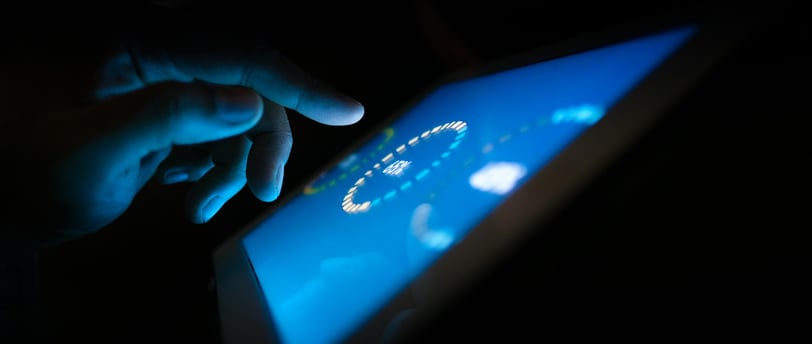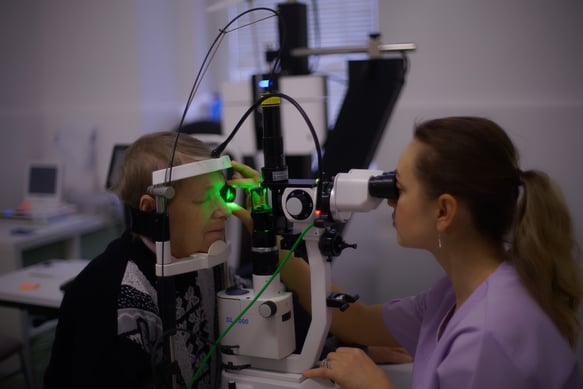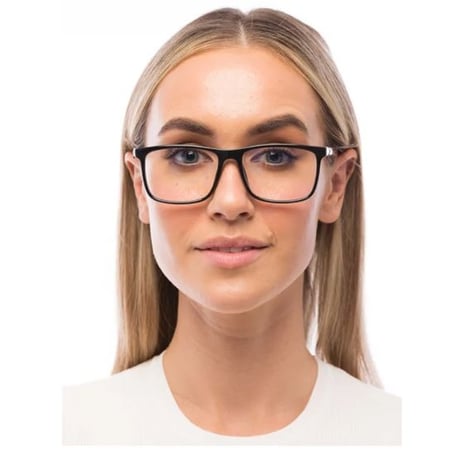What is Blue Light? And Why should I care about it?
Staying glued to your screen but struggling with tired eyes and sleepless nights? It’s all about blue light! Discover how blue light affects your health, why it’s not all bad, and learn practical tips to protect your eyes and sleep without giving up your favorite gadgets. Ready to take control of your screen time and still get your best rest? Dive in! #BlueLightHacks #HealthyScreenTime #TechLifeBalance #EyeCare #SleepBetter
10/24/20245 min read


In today’s digital age, we spend an enormous amount of time in front of screens. Whether it's working on a laptop, scrolling through a smartphone, or unwinding in front of a TV, our exposure to blue light has increased dramatically. But what exactly is blue light, and how does it affect our health? More importantly, what can we do to reduce the potential negative impacts of blue light, especially from our devices?
Let’s dive into the details.
What is Blue Light?
Blue light is a type of visible light with a wavelength range of 380 to 500 nanometers (nm), making it part of the visible spectrum that the human eye can detect. While it’s naturally emitted by the sun, artificial sources like LED screens (smartphones, computers, TVs), energy-efficient lighting, and other digital devices also produce significant amounts of blue light.
Blue light can be broken down into two primary categories:
High-energy visible (HEV) blue-violet light: 380–450 nm, the more intense form of blue light, associated with potential negative effects on eye health and sleep.
Blue-turquoise light: 450–500 nm, known to regulate circadian rhythms and boost alertness.
While blue light from natural sources like the sun plays an essential role in maintaining alertness and a healthy sleep cycle, prolonged exposure to artificial blue light — especially during evening hours — can lead to unwanted side effects.
How Does Blue Light Affect You?
1. Impact on Sleep
Blue light exposure, particularly in the evening, can disrupt the body's natural sleep-wake cycle, or circadian rhythm. This happens because blue light suppresses the production of melatonin, the hormone that signals the brain it's time to sleep. Using devices late at night may trick your brain into thinking it’s still daytime, making it harder to fall asleep and reducing the quality of your sleep.
2. Eye Strain and Fatigue
Staring at screens for extended periods can lead to digital eye strain, a condition that results in dry eyes, blurred vision, and headaches. Blue light contributes to this by scattering more easily than other light wavelengths, making it harder for the eyes to focus, leading to discomfort and fatigue.
3. Long-term Eye Health
Though research is ongoing, there are concerns that prolonged exposure to high-energy blue light over time may contribute to retinal damage and increase the risk of conditions like age-related macular degeneration (AMD), a leading cause of vision loss as we age.
The Benefits of Blue Light
It's not all bad news. Blue light has several benefits, especially when it comes from natural sources like the sun. Here are some ways in which blue light can positively impact your health:
1. Boosts Alertness
Exposure to natural blue light during the day helps boost mental alertness and productivity. It stimulates brain activity, making it easier to focus and stay energized.
2. Regulates Circadian Rhythm
Blue light helps your body maintain a healthy circadian rhythm by signaling to your brain when it’s daytime. This helps your body stay awake and alert during the day and triggers sleep when it’s time to wind down in the evening.
3. Improves Mood
Sunlight, rich in blue light, is known to improve mood. This is especially true for people affected by Seasonal Affective Disorder (SAD), a type of depression that occurs in the darker months of the year. Light therapy that includes blue light wavelengths is often used to treat SAD, helping people feel more energized and positive.
How to Minimize Unnecessary Blue Light Exposure
While blue light has benefits, minimizing unnecessary exposure, particularly from artificial sources, is important for maintaining your health, especially your sleep and eye comfort. Here are some practical ways to reduce blue light exposure:
1. Use Blue Light Filters on Your Devices
Most modern devices come with built-in blue light filters, often called night mode or blue light reduction mode. These features warm the color of the screen, reducing the blue light emitted. By enabling this mode in the evening, you can help minimize disruption to your sleep.
2. Wear Blue Light Blocking Glasses
For those who spend long hours in front of screens, wearing blue light-blocking glasses is a great solution. These glasses filter out blue light wavelengths, reducing eye strain and helping protect against potential long-term eye damage.
3. Adjust Your Device Settings
Lower screen brightness: Reducing the brightness of your device’s screen can lower the intensity of blue light exposure.
Use dark mode: Many apps and operating systems offer a "dark mode" option, which switches to a darker color palette, minimizing blue light exposure.
4. Limit Screen Time Before Bed
To reduce sleep disruption, it’s a good idea to avoid screens at least 1–2 hours before bedtime. This gives your body time to produce melatonin naturally, helping you fall asleep more easily.
5. Install Blue Light-Reducing Apps
There are apps like f.lux or Iris that automatically adjust your screen’s blue light levels based on the time of day, reducing blue light in the evening and making your screen warmer as it gets closer to bedtime.
6. Increase Exposure to Natural Light During the Day
Natural light, including blue light, is essential for regulating your circadian rhythm. Make sure to spend time outside during the day to help your body stay in sync with its natural sleep-wake cycle.
7. Use Proper Lighting
Opt for warmer-colored lighting (like soft yellow or orange hues) in the evening instead of bright white or blue-toned lighting, which can interfere with your sleep. Consider using bulbs that emit less blue light.
8. Take Frequent Breaks from Screens
Follow the 20-20-20 rule: Every 20 minutes, look at something 20 feet away for 20 seconds. This reduces the strain on your eyes, including from blue light.
Final Thoughts
While blue light is a natural and essential part of our daily lives, overexposure from artificial sources like digital screens can have negative effects on our sleep, eyes, and overall health. By taking steps to minimize unnecessary blue light exposure—especially during the evening—you can protect your well-being without sacrificing productivity or entertainment.
Using simple tools like screen filters, blue light-blocking glasses, and adjusting device settings can go a long way in reducing exposure. And, of course, balancing your screen time with ample outdoor daylight exposure helps maintain a healthy relationship with blue light, enhancing both your alertness and sleep.
So, the next time you’re scrolling through your phone before bed, remember that a small change in your routine might just help you sleep better and keep your eyes happier in the long run!
Have any tips of your own for reducing blue light exposure? Share them in the message below!
Photo by Towfiqu barbhuiya


Image by Paul Diaconu from Pixabay
Computer Glasses from BonCharge.com are scientifically designed to optimize your visual comfort and protect your eyes from the harmful effects of blue light.
ZYY 23-24 Inch Anti Blue Light Screen Protector helps minimize unnecessary blue light exposure.
Bodymindbeing
Your guide to a fulfilling life.
Contact Us
support@bodymindbeing.me
© 2024. All rights reserved.






